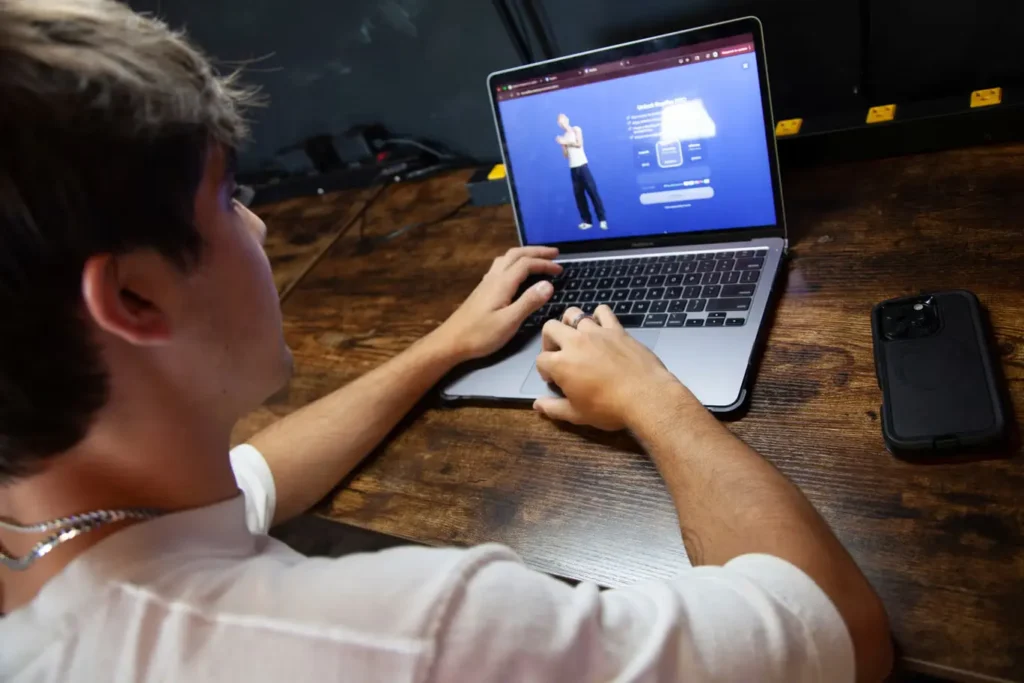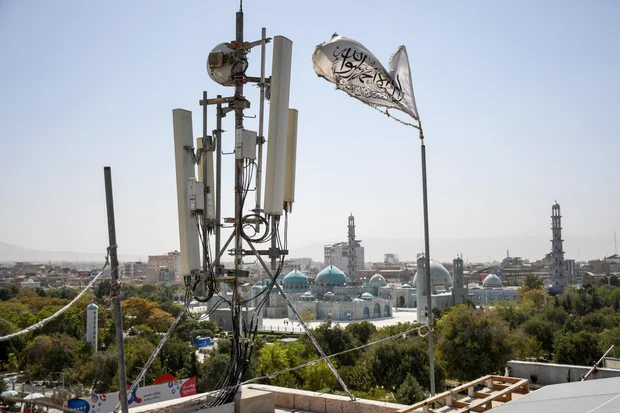As of August 5, 2025, it’s clear: AI is already wiping out tech jobs—especially for people just starting out. Goldman Sachs says the layoffs are picking up speed. This might only be the beginning.
Unemployment Rising for Young Tech Workers
Since early 2024, unemployment for U.S. tech workers aged 20–30 has jumped nearly 3 points—well above the national average. Why? AI is now doing the entry-level coding, data tasks, and admin work that used to be done by junior staff. Goldman says 6–7% of U.S. jobs could disappear to AI in the next decade. They expect unemployment to settle, though, as some people shift into new roles.

Big Tech Slams the Brakes on New Hires
The slowdown isn’t subtle. Microsoft, Intel, and others are laying off tens of thousands—even while making good money. The first to go? Entry-level hires. Junior devs. Admins. HR staff. Jobs AI handles now. Job ads for new grads are also fading out.
Between January and July 2025, over 10,000 tech jobs were cut because of AI. Across the board, layoffs passed 806,000—the worst since the 2020 crash.
Where the Jobs Are Moving
AI is killing basic work. But it’s also opening new paths—if you can move fast. There’s demand for people in AI prompt design, testing, and interface building. And soft skills—like creativity, problem-solving, and teamwork—are now more valuable because AI can’t fake them.
If you’re early in your career, shift fast. Learn fast. Build what machines can’t.
Industry Leaders Raise the Red Flag
Mo Gawdat, a former Google exec, says AI could wipe out jobs across the board by 2027—even leadership roles. Without fast action—training, income support, anything—the fallout could be brutal.
Demis Hassabis from DeepMind says the same. AI isn’t just big—it’s moving faster than past revolutions. Without rules, the job losses could snowball.
The Job Market Is Cooling Off Too
All this is happening while the U.S. job market slows. In July 2025, only 73,000 jobs were added—well below forecasts. Unemployment hit 4.2%. Previous months were revised down too.
New grads are stuck. Entry-level roles are down 15% from last year. Meanwhile, job ads with “AI” in the description have quadrupled in two years. Employers want different skills now.
How to Adapt Before It’s Worse
Here’s what to do if you’re trying to stay ahead:
- Shift into AI-adjacent roles—data quality, AI ethics, prompt design.
- Build people skills—clear thinking, communication, decision-making.
- Keep learning—fast courses, bootcamps, side projects, whatever works.
- Speak up—push for training, new school programs, and real safety nets.
What’s Coming
AI is changing hiring fast. Entry-level roles are the first to go. Goldman thinks many workers will shift into other fields, which might soften the economic blow. Some sectors—cybersecurity, biotech, AI compliance—are still hiring.
But the risk is real. If no one acts, an entire generation could get left behind. This isn’t just another tech cycle—it’s a deep, long-term shift. AI will keep moving. People have to move with it.
Bottom Line
AI is already reshaping the job market. Entry-level roles are disappearing. Young workers are getting squeezed. Hiring is slowing—and shifting. But there’s still a way through. Adapt fast. Learn what AI can’t do. And make sure the system protects workers, not just tech.








